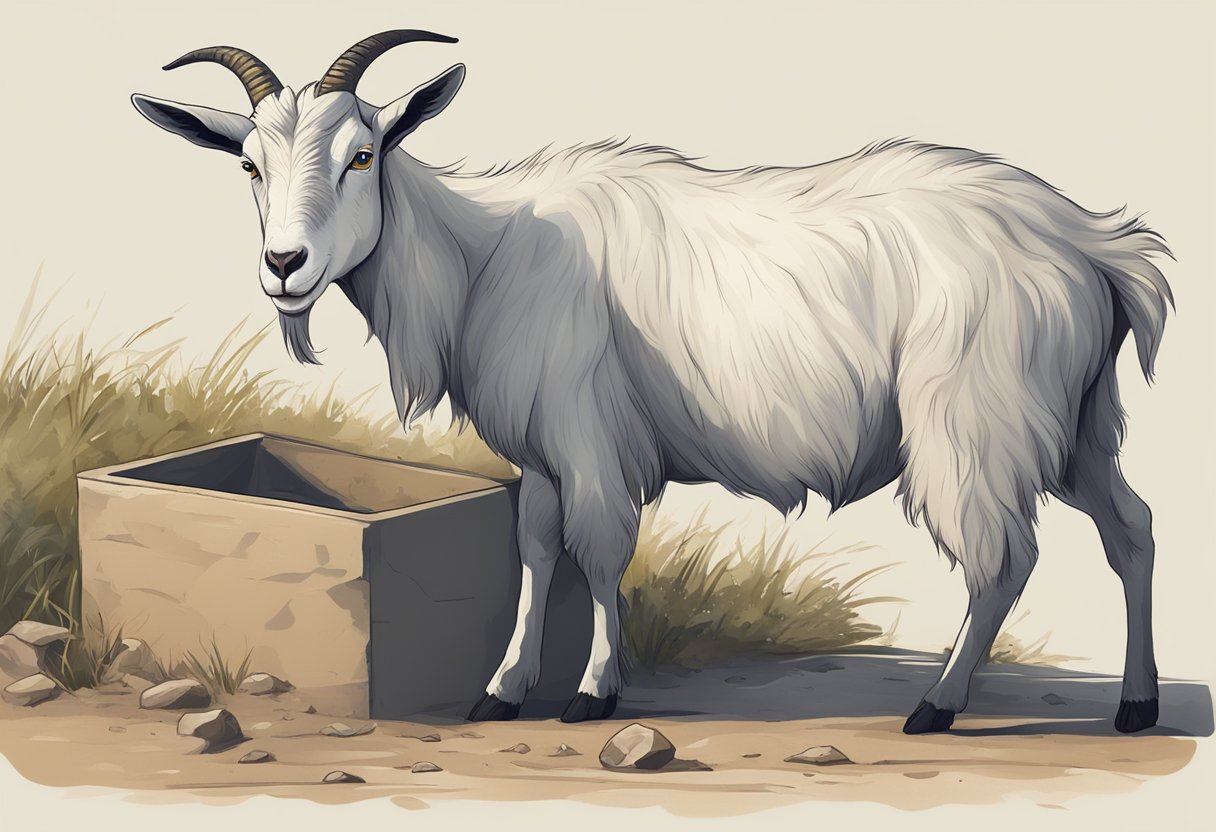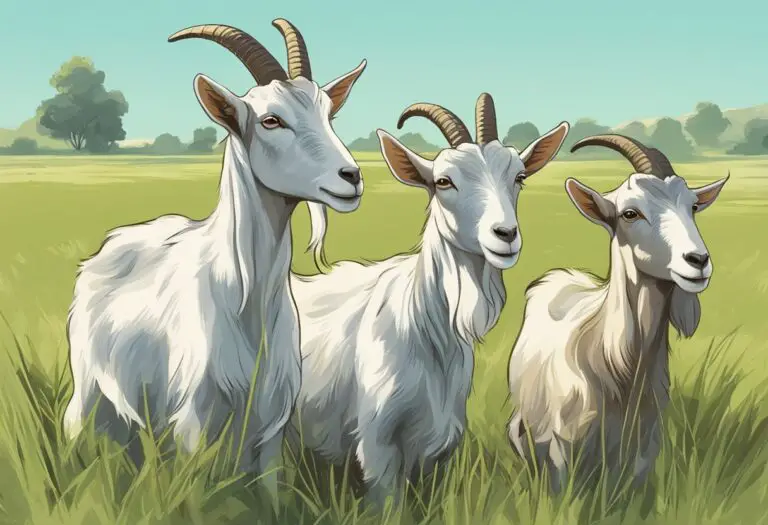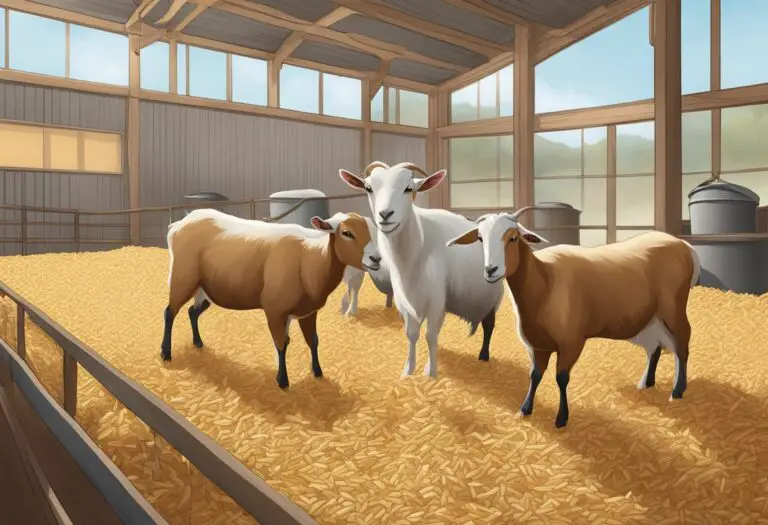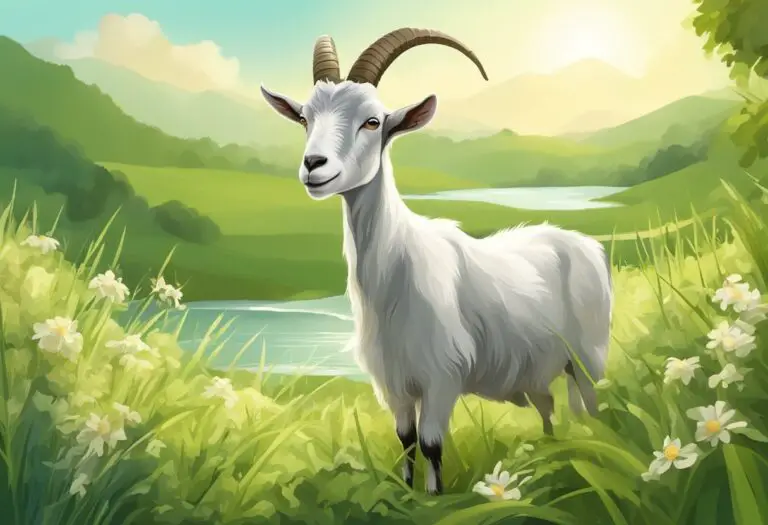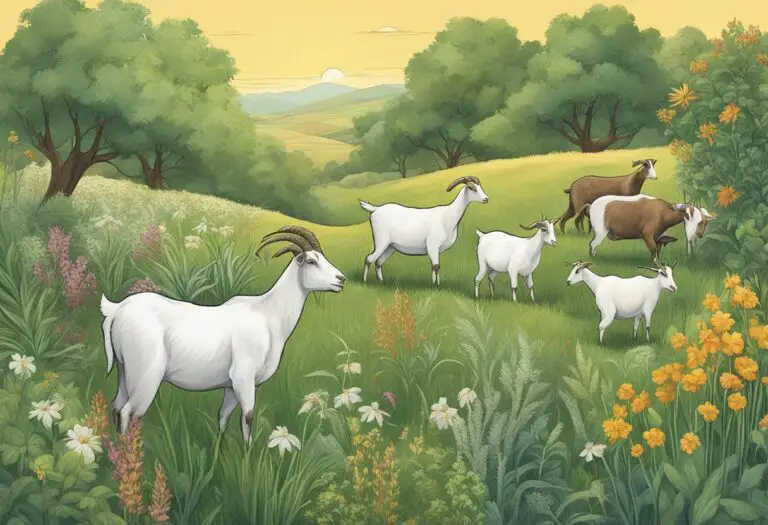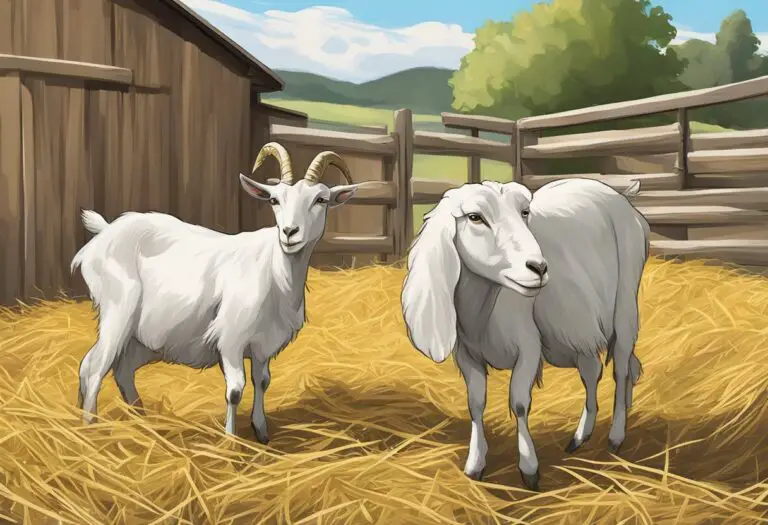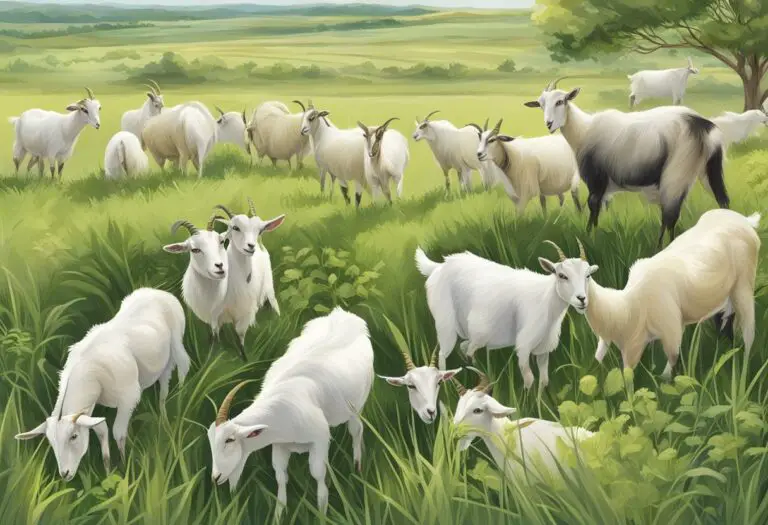What are the signs of malnutrition in goats: A comprehensive guide
Malnutrition is a common problem among goats, and it can lead to serious health complications if not addressed in a timely manner. Malnutrition occurs when goats do not receive adequate nutrition to meet their body’s needs. This can be due to a variety of factors, including poor quality feed, insufficient feed, or an underlying health condition.
There are several signs of malnutrition in goats that owners should be aware of. One of the most obvious signs is weight loss. If a goat is not receiving enough nutrition, it will begin to lose weight, and its body condition score will decrease. Other signs of malnutrition include a dull coat, lethargy, and a decrease in milk production for lactating goats. In severe cases, malnutrition can lead to weakened immune systems, which can make goats more susceptible to infections and diseases.
Defining Malnutrition in Goats

Malnutrition in goats occurs when the animal’s diet lacks essential nutrients required for proper growth, maintenance, and production. Malnutrition can be caused by a variety of factors, including poor quality or insufficient feed, lack of access to water, and underlying health conditions.
Goats that are malnourished may exhibit a range of physical and behavioral signs. These signs can vary depending on the severity and duration of the malnutrition. Some common signs of malnutrition in goats include:
- Weight loss or poor body condition
- Dull, rough, or patchy hair coat
- Reduced milk production or poor reproductive performance
- Weakness or lethargy
- Reduced appetite or refusal to eat
- Increased susceptibility to disease or infection
It is important to note that not all signs of malnutrition are immediately visible. In some cases, goats may appear to be in good physical condition but still be suffering from malnutrition due to a lack of essential nutrients in their diet. Therefore, it is important to monitor goats’ diets and behavior closely to ensure they are receiving adequate nutrition.
In conclusion, malnutrition in goats can have serious consequences for their health and productivity. By understanding the signs of malnutrition and taking steps to provide a balanced and nutritious diet, goat owners can help ensure the health and well-being of their animals.
Physical Signs of Malnutrition

Goats that are malnourished may exhibit a range of physical signs that indicate their poor health. These signs can vary depending on the severity and duration of the malnutrition, but some common physical signs of malnutrition in goats include:
- Weight loss: Malnourished goats may lose weight rapidly, and their ribs, spine, and hip bones may become more prominent and visible.
- Dull coat: The hair or fur of malnourished goats may become dull, rough, or brittle, and may fall out in patches.
- Weakness: Malnourished goats may appear weak or lethargic, and may have difficulty standing or walking.
- Dehydration: Malnourished goats may become dehydrated, which can cause dry or cracked skin, sunken eyes, and a loss of skin elasticity.
- Poor growth: Malnourished young goats may experience stunted growth or delayed development.
- Reduced milk production: Malnourished lactating goats may produce less milk or stop producing milk altogether.
It’s important to note that these physical signs of malnutrition can also be indicative of other health issues, so it’s important to consult with a veterinarian to determine the underlying cause of these symptoms.
Behavioral Indicators

In addition to physical signs, there are also behavioral indicators that can suggest malnutrition in goats. These include:
- Decreased activity levels: Goats that are malnourished may become lethargic and less active. They may spend more time lying down and less time grazing or interacting with other goats.
- Aggression or irritability: Malnourished goats may become more aggressive or irritable than usual. This could be due to stress or discomfort caused by their condition.
- Changes in social behavior: Goats that are malnourished may become more isolated or withdrawn from the rest of the herd. They may also exhibit less interest in breeding or other social activities.
- Abnormal eating habits: Malnourished goats may exhibit abnormal eating habits such as excessive chewing or licking of non-food items. They may also show a lack of interest in food or have difficulty chewing and swallowing.
- Changes in vocalization: Malnourished goats may make unusual or excessive vocalizations, such as groaning or crying out. This could be a sign of pain or discomfort caused by their condition.
It is important to note that these behavioral indicators may also be present in goats with other health issues, so it is important to consult with a veterinarian to determine the underlying cause.
Reproductive Issues

Malnutrition in goats can lead to various reproductive issues. In female goats, malnutrition can cause delayed puberty, irregular estrus cycles, and reduced fertility. Additionally, malnourished females are more likely to experience dystocia (difficult or prolonged labor) and have a higher risk of postpartum complications such as retained placenta and metritis.
In male goats, malnutrition can lead to reduced libido and sperm production, resulting in decreased fertility. Malnourished males are also more susceptible to reproductive infections and have a higher risk of developing testicular abnormalities.
Proper nutrition is crucial for maintaining the reproductive health of goats. Ensuring that goats receive a balanced diet that meets their nutritional requirements can help prevent reproductive issues and improve overall herd productivity. It is important to consult with a veterinarian or animal nutritionist to develop a feeding program that meets the specific needs of the goats.
Developmental Impacts

Malnutrition in goats can have significant developmental impacts. These can manifest in a variety of ways, including stunted growth, delayed maturity, and reduced fertility.
One of the most common signs of malnutrition in young goats is stunted growth. This occurs when the goat’s body does not receive enough nutrients to support its normal growth and development. As a result, the goat may be smaller than normal for its age and breed. In severe cases, stunted growth can also lead to skeletal deformities and other physical abnormalities.
Malnutrition can also delay the onset of puberty in young goats. This can result in delayed maturity and reduced fertility later in life. In female goats, malnutrition can cause irregular estrous cycles and reduced fertility. In male goats, it can lead to reduced sperm production and poor semen quality.
It is important to note that the developmental impacts of malnutrition can be long-lasting and difficult to reverse. Therefore, it is crucial to provide goats with a balanced and nutritious diet from an early age to ensure proper growth and development.
Health Complications

Malnutrition in goats can lead to serious health complications. These can include:
- Weight Loss: Goats that are not getting enough nutrients will begin to lose weight. This can be a gradual or sudden process, depending on the severity of the malnutrition.
- Poor Immune System: Malnourished goats may have a weakened immune system, making them more susceptible to diseases and infections.
- Reproductive Issues: Malnutrition can also affect a goat’s reproductive system, leading to infertility or complications during pregnancy.
- Poor Milk Production: Malnourished goats may produce less milk or lower-quality milk, which can affect their ability to nurse their young.
- Dehydration: Malnourished goats may also become dehydrated, which can lead to a range of health issues, including kidney damage and electrolyte imbalances.
It is important to monitor goats for signs of malnutrition and address any issues promptly to prevent these health complications from arising.

